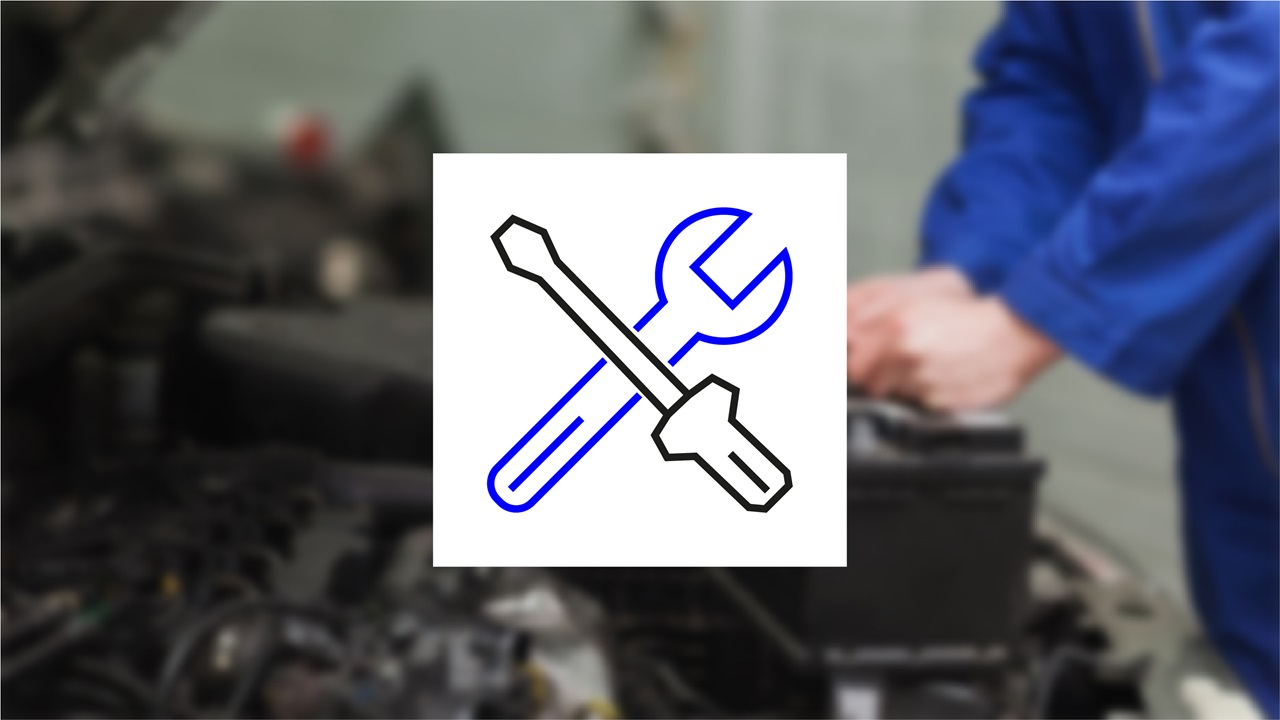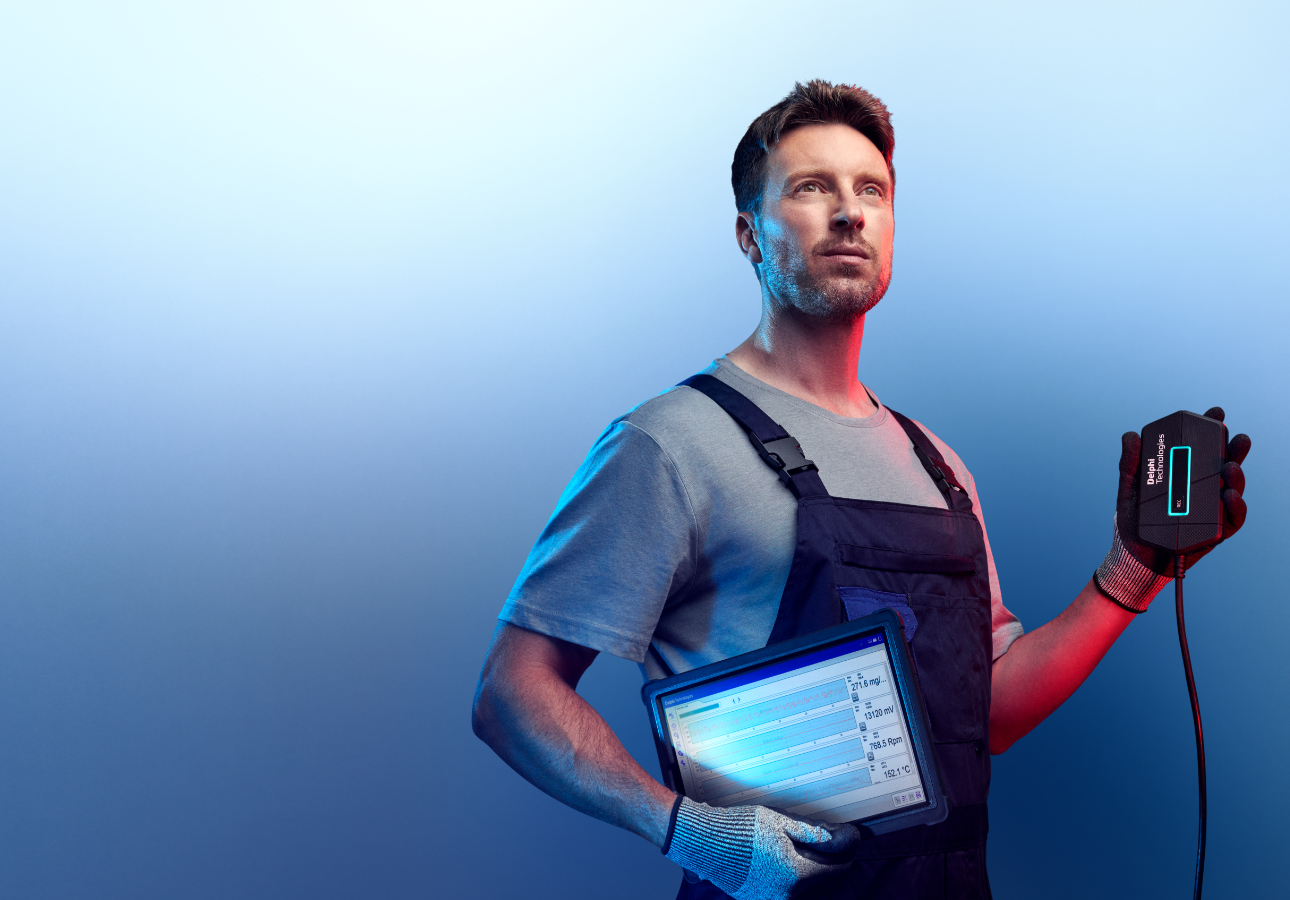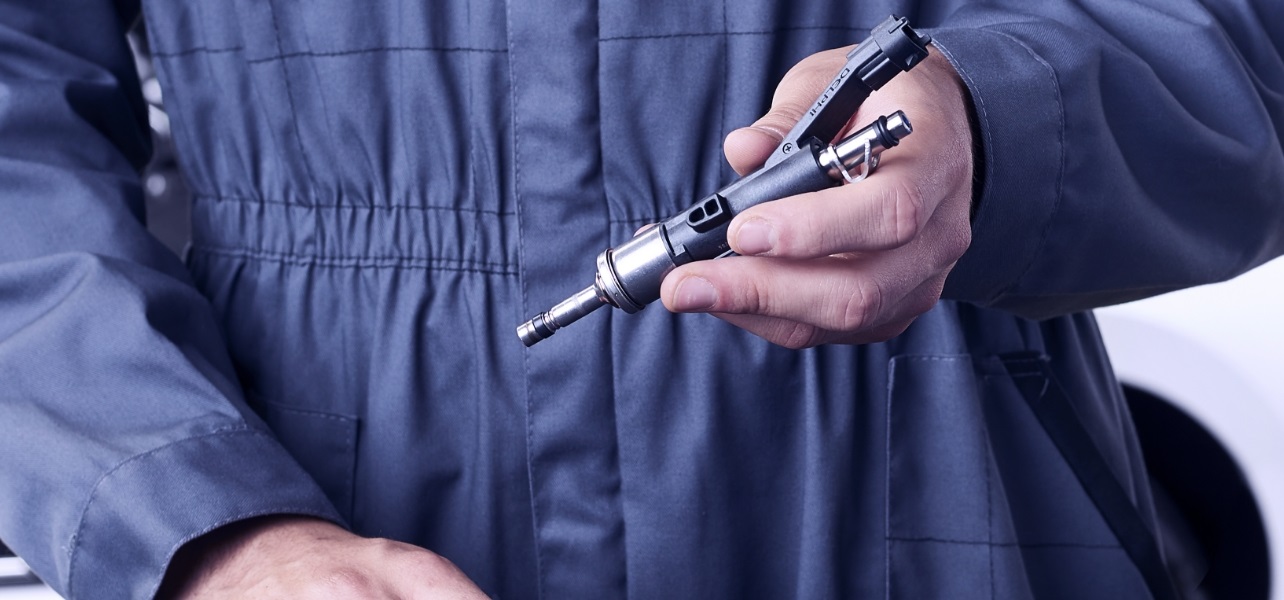Resource Highlights
In this article, you will find out about why and when to replace Receiver Driers

Receiver driers are there to absorb corrosion-causing moisture and to filter any particulates that are circulating around the system, such as:
Rust
- If moisture has been present in a system for a period of time, rust could form on any metal parts. This rust can flake and be transported around the system by the refrigerant.
Metallic particles
- If the compressor seizes and fails, it could start to break up internally and these bits could find their way around the system.
Silica gel granules
- Once totally saturated, the drying agent in the drier turns to mush and circulates around the system.
Grease and general debris
- If a system has been opened for a repair and the drier has not been replaced, general workshop debris could enter the system.
Designed and manufactured to OE specifications, Delphi offers an extensive range of receiver driers. Its OE-designed internal components provide improved separation of liquid and vapor, while a molecular sieve desiccant effectively controls moisture and helps protect the entire system against corrosion. They also feature lightweight aluminum construction and a calibrated oil return in the outlet tube for enhanced lubrication.
Delphi Service Centre garages are trained in the very latest air conditioning technology. They have access to a wide range of OE quality parts, as well as the tools and knowledge to service these systems.
To reduce the above, the following precautions should be observed
- The receiver drier should be changed every 2 years as part of a routine service.
- If any component is replaced due to damage, the drier should also be replaced.
- When working on an air conditioning system, a clean work practice should be observed.
- If the system is open for any length of time, waiting for parts etc., plug any open pipes to prevent dirt and debris from entering the system.
- The new receiver drier should be unplugged and connected at the last possible moment before evacuation.
SIGN UP TO FIND MORE
Fill up your details to hear more from our experts and get the latest updates from Delphi.



